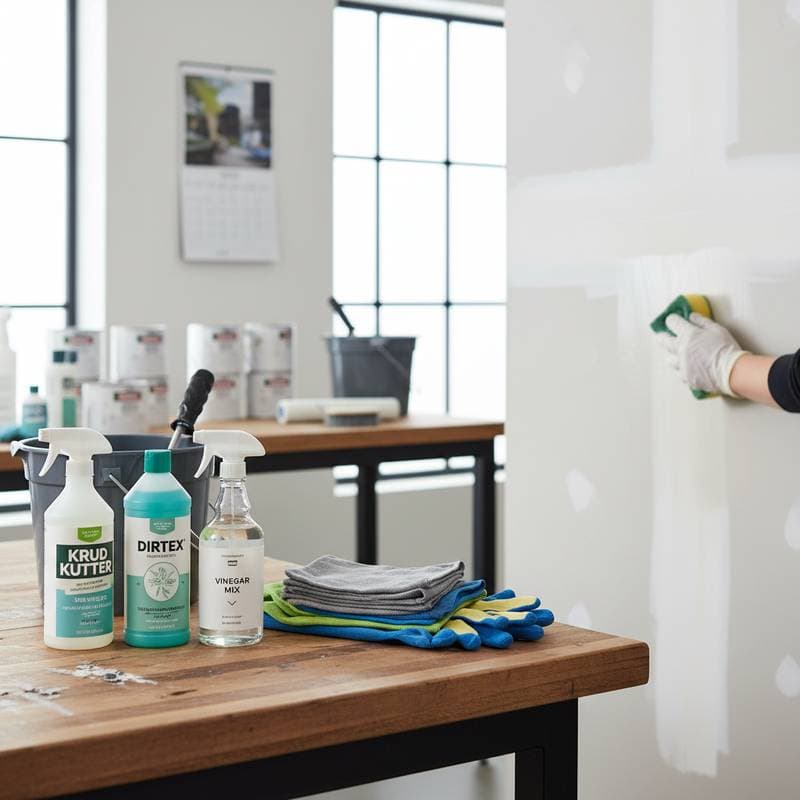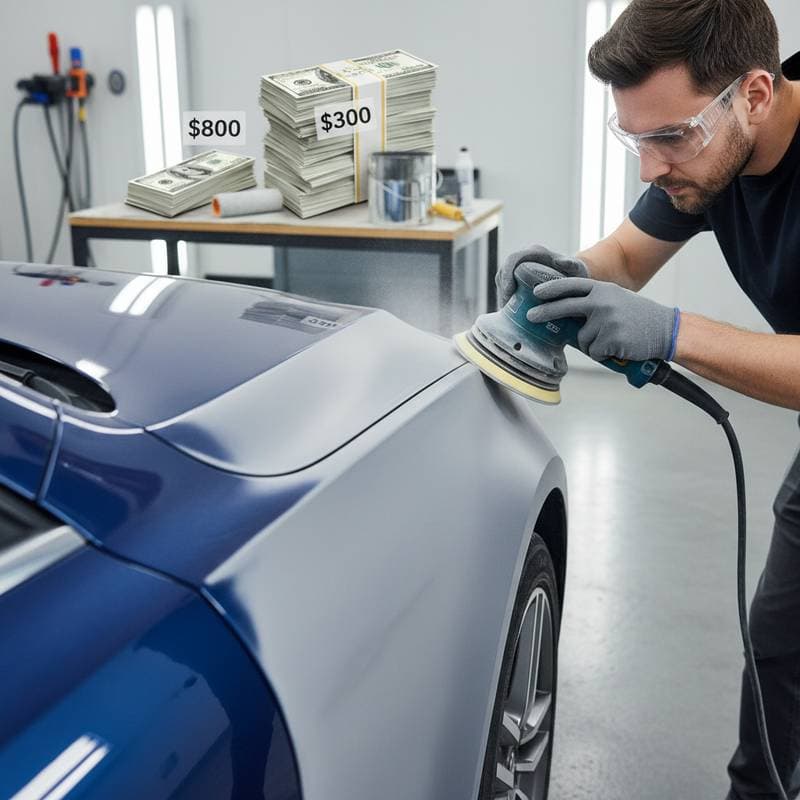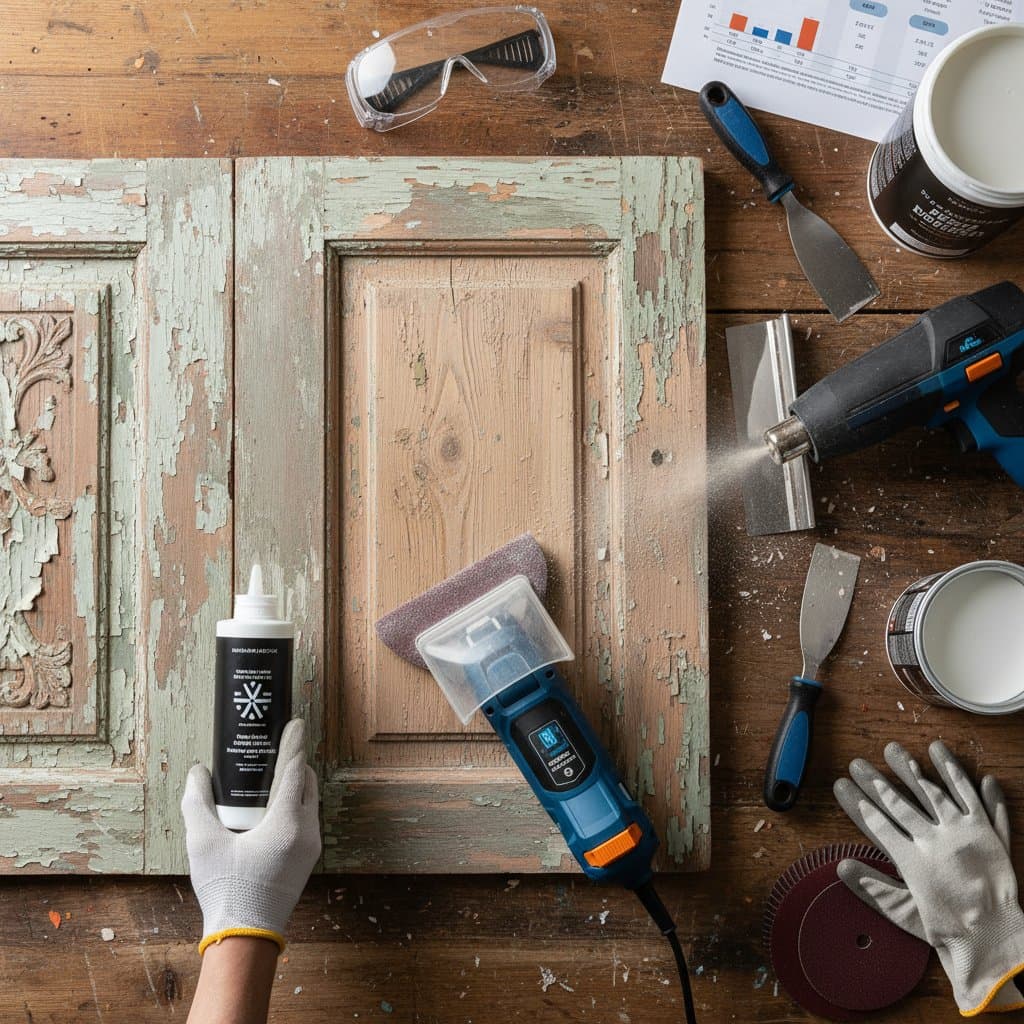The $80 Tool That Cuts Drywall Sanding Time in Half
Drywall sanding ranks among the most tedious tasks in interior wall finishing. The clouds of dust, physical demands, and prolonged effort to smooth out flaws often drain time and energy. However, an $80 tool shifts this process for professionals and homeowners alike. This piece examines the tool, its operation, cost influences, and benefits in time and expense savings for drywall work.
Understanding Drywall Sanding Expenses
Manual sanding for a single room demands hours, particularly with numerous seams and layers of joint compound. Overall drywall finishing costs fall between $1.50 and $3.50 per square foot, varying by project complexity and wall state. Sanding labor constitutes 25% to 35% of these expenses.
An $80 power sander or dust-free system halves sanding duration while enhancing surface smoothness. Such tools lower labor charges, minimize cleanup, and prepare walls efficiently for priming or painting.
Project Size and Typical Costs
Costs scale with room dimensions:
- Small room (up to 150 square feet): $225 to $525
- Medium room (150 to 300 square feet): $450 to $1,050
- Large room (over 300 square feet): $1,200 to $2,400
A basic electric orbital sander or drywall attachment ranges from $70 to $90, frequently equipped with a vacuum adapter or collection bag.
Per-Square-Foot Expense Breakdown
| Component | Cost Range per Square Foot | Description |
|---|---|---|
| Materials (sanding tools, paper, pads) | $0.15 to $0.35 | Covers discs or mesh sheets |
| Labor | $1.00 to $2.50 | Encompasses manual or powered sanding |
| Preparation | $0.25 to $0.50 | Involves masking, dust management, and tidying |
| Equipment rental or purchase | $0.10 to $0.25 | Accounts for tool depreciation |
Key Influences on Sanding Expenses
Tool selection drives efficiency. Basic pole sanders cost under $25 but demand significant manual input. Electric models with dust extraction speed up work and cut post-task cleaning.
Wall preparation matters greatly. Uneven seams or thick compound layers necessitate multiple grits and passes; well-applied, level surfaces shorten the process by 40%.
Dust management alters timelines. Vacuum-integrated sanders maintain cleaner sites, slashing cleanup hours on extensive projects.
Ceiling height and access pose challenges. Tall spaces or confined areas extend labor, yet extendable poles or pivoting heads on tools address these effectively.
Operator expertise affects outcomes. Seasoned workers complete tasks swiftly with minimal errors; novices gain similar advantages from powered equipment despite initial learning curves.
Equipment Options and Pricing
| Equipment Type | Basic Range | Standard Range | Premium Range | Key Differences |
|---|---|---|---|---|
| Manual Pole Sander | $15 to $25 | $25 to $45 | $50 to $60 | Relies on manual force, lacks dust features |
| Electric Drywall Sander | $60 to $80 | $80 to $120 | $150 to $250 | Delivers speed and reduced strain, optional dust control |
| Dust-Free Sanding System | $70 to $90 | $90 to $140 | $200 to $350 | Features built-in vacuums or filters for minimal mess |
| Sandpaper and Mesh Pads | $10 to $20 | $20 to $35 | $35 to $50 | Superior grits endure longer for refined results |
Assessing Value and Return on Investment
A $80 sander recoups its price rapidly. Contractors handle additional projects within fixed schedules, boosting revenue. Homeowners complete renovations sooner with diminished fatigue. Smoother walls also absorb less primer and paint, trimming material outlays.
Practical Ways to Reduce Costs
- Purchase tools outright rather than rent; daily fees of $30 to $40 make ownership viable after two sessions.
- Progress grits logically from coarse to fine, preventing material waste from excessive abrasion.
- Level joint compound before drying to lessen sanding demands and extend pad life.
- Illuminate workspaces adequately to spot flaws promptly and avoid corrections.
- Clear debris from pads regularly to sustain cutting power and protect surfaces.
Building a Realistic Budget
Allocate funds across materials, labor, and tools based on project scale. Factor in a 10% buffer for surprises like additional patches or supplies. Prioritize dust-control investments for long-term savings in time and health.
Stable humidity aids compound curing, minimizing rework; aim for moderate conditions to optimize efficiency.
Common Questions on Drywall Sanding
What does professional drywall sanding typically cost?
Rates hover at $1.50 to $3.50 per square foot, with labor dominating. Efficient tools trim these figures without compromising results.
Which elements most influence sanding expenses?
Wall condition, equipment, access, and dust measures lead the factors. Thorough prep and technique refine both duration and budget.
How to cut sanding costs while maintaining standards?
Acquire an $80 dust-free sander, follow grit sequences, and prep surfaces meticulously. Steer clear of over-sanding to conserve resources.
Is DIY sanding feasible, or should professionals handle it?
Small spaces suit DIY with powered aids. Large or intricate jobs benefit from expert speed and precision.
How to account for unforeseen sanding expenses?
Reserve 10% of the finishing allocation for repairs, extra abrasives, or upkeep. This cushion averts project halts.
When should sanding commence for optimal cost control?
Target periods of even humidity for proper curing, which curtails repeat efforts and associated charges.



